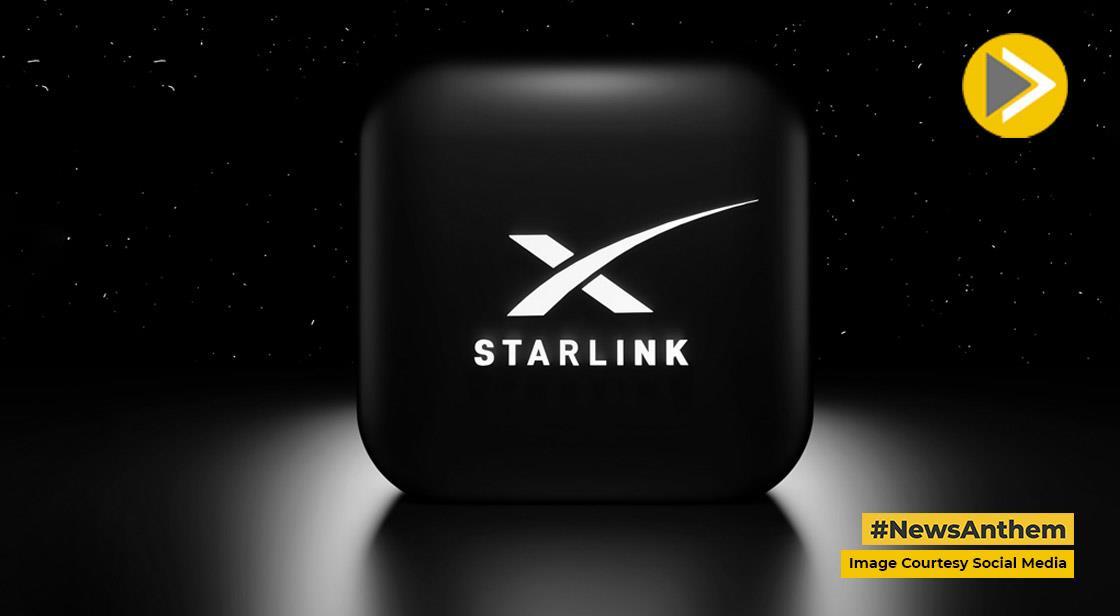Starlink Moves Closer to India Rollout with Spectrum and Security Approvals

News Synopsis
SpaceX’s satellite internet arm, Starlink, is gearing up for its long-anticipated launch in India. The company has begun critical security assessments, a key prerequisite before rolling out its commercial broadband service. According to officials, if the testing phase goes as planned and regulatory approvals arrive on time, Indian households could start accessing Starlink’s high-speed satellite internet as early as 2026.
An industry source confirmed that Starlink has sought 600 gigabits per second (Gbps) of bandwidth for India through its first-generation satellite constellation. Authorities have provisionally allocated this spectrum for security compliance demonstrations — one of the final checkpoints before the service can go live.
Security Checks: A Major Milestone for Starlink
The company is currently undergoing mandatory security evaluations required of all telecom operators—domestic or foreign—looking to operate in India. These assessments form a core part of the government’s approval framework before any entity is permitted to transmit data across Indian territory.
Insiders suggest that once the Telecom Regulatory Authority of India (TRAI) releases its long-awaited pricing framework for satellite-based internet services, expected by the end of this year, Starlink could move from testing to full-scale operations within a few months. With that, the countdown to a 2026 commercial launch has officially begun.
India’s Space Broadband Race Heats Up
India’s satellite-internet landscape is rapidly expanding as the government opens the space sector to private players. The result is a fierce competition to serve areas where mobile and fibre connectivity remain inconsistent—particularly in rural India.
Starlink’s chief rivals include Reliance Jio’s Space Fibre initiative and OneWeb, but SpaceX appears determined to claim a dominant position. Sources reveal that the company intends to build around 10 satellite gateway stations across India—more than three times what its competitors have planned.
Mumbai: The Command Centre for Starlink India
Mumbai has emerged as the central hub for Starlink’s Indian rollout. SpaceX has already completed construction on three ground stations in the city, which are expected to function as its operational command centres. Government officials are preparing for on-site inspections of these facilities in the coming weeks.
Reports indicate that infrastructure deployment is well advanced, positioning Starlink to begin transmitting broadband signals nationwide shortly after receiving final clearance.
Starlink’s Strategy: Targeting Rural and Retail Users
Unlike many of its competitors that are prioritizing enterprise and government clients, Starlink plans to focus on direct-to-consumer services. Its goal is to connect rural and underserved households, where dependable internet access is still limited.
Industry observers believe the network’s low-Earth orbit (LEO) satellites could revolutionize rural connectivity for millions of Indians. Insiders add that SpaceX also aims to leverage Elon Musk’s global brand recognition to attract affluent urban customers who are willing to pay a premium for reliable, ultra-fast internet.
If successful, this move would secure SpaceX a strong foothold in one of the world’s largest and fastest-growing digital markets, offering a counterbalance to its lack of access in China.
Another Frontier for SpaceX
Starlink’s expected debut marks Elon Musk’s second major venture in India, following Tesla’s entry earlier this year with its first showrooms. During that visit, Musk met with Prime Minister Narendra Modi, signalling his broader interest in making India a key hub for both automotive and space technologies.
Telecom Minister Jyotiraditya Scindia recently reiterated the government’s ambition to provide a mix of terrestrial, fibre, and satellite communication options, encouraging global players like SpaceX to contribute to India’s connectivity goals.
Should approvals stay on track, Starlink could go live by early 2026, inching Musk closer to his vision of global satellite internet coverage.
Conclusion
Starlink’s progress in India highlights the merging of space technology and everyday communication. With spectrum tests underway, infrastructure taking shape, and provisional permissions in place, SpaceX appears well-positioned to become a major force in India’s digital landscape.
If operations commence as expected in 2026, millions—particularly those in rural or remote regions—could gain access to high-speed satellite broadband for the first time. However, significant challenges remain, including regulatory approvals, spectrum pricing, and security clearances, all of which will influence when and how Starlink’s service officially takes off.
You May Like









